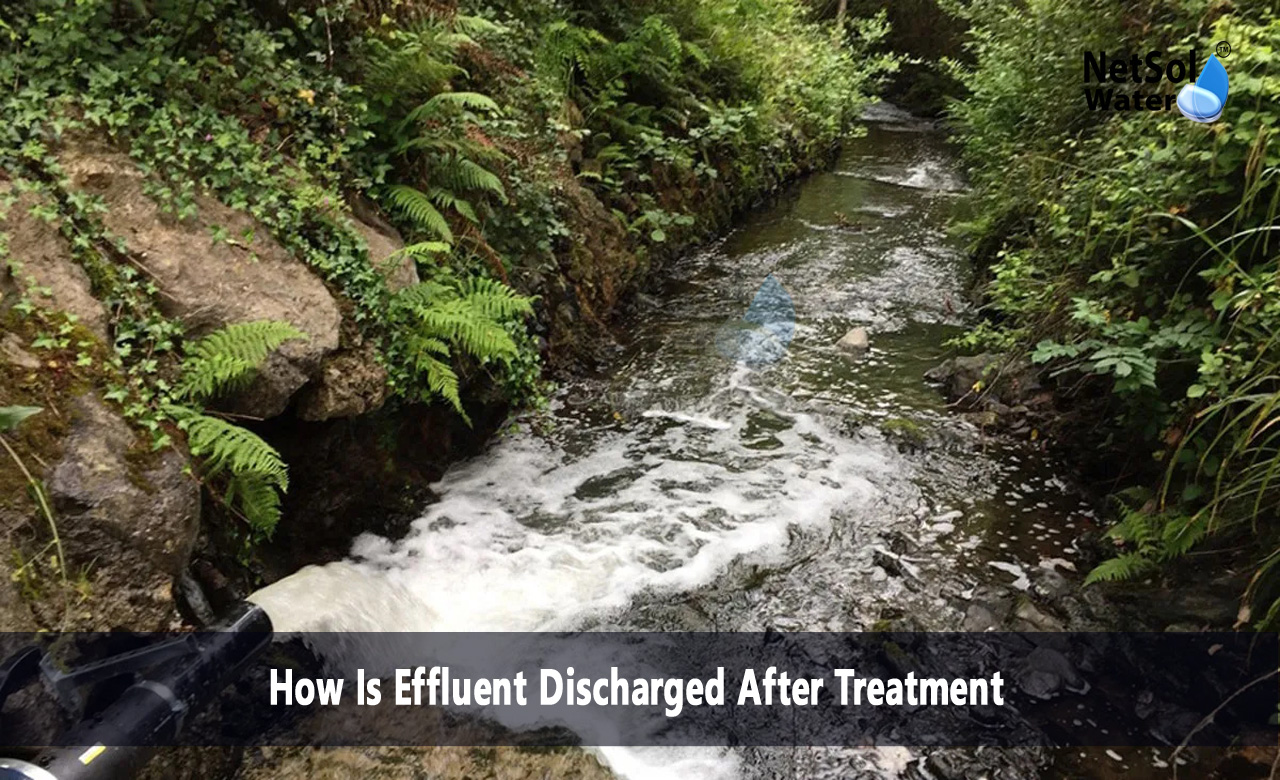How Is Effluent Discharged After Treatment?
Wastewater treatment plays a key role in keeping our water sources free from harmful substances. After treatment plants remove solids and break down pollutants they must return the cleaned water back to nature or reuse it for other tasks. Understanding how effluent discharged after treatment reaches its final place helps us see how this process protects the environment and public health. Proper discharge prevents harm to rivers, lakes and coastal areas. It also makes sure that treated water meets the strict rules that governments set to guard ecosystems and human life.
We will examine the main ways treated water leaves treatment facilities. We will look closely at how each method works, its benefits and what makes it fit for certain settings.
1. Discharge to Surface Water Bodies
Sending treated water back into rivers or seas offers a direct way to return water to the natural cycle. This method can support river flows and dilute remaining minerals as long as the water meets strict before release.Let us have a look at some common ways to discharge treated water into surface waters.
River Outfall
Plants often pipe treated water into a nearby river. These outfall lines must sit at a point where water mixes well to avoid harming fish and plants. Engineers place the end of the pipe below the river surface to help water blend in naturally.
Coastal Release
When treatment sites sit near a coast they may pump water into the sea. They choose a spot with strong tides and currents and they use long pipes to send water away from swimming areas. The ocean’s vast volume helps dilute any leftover elements.
Each option links to rules that set how clean the water must be and how far from shore it must travel. This way communities and wildlife stay safe and healthy.
Read: Effluent Treatment Plant Manufacturer
2. Land Disposal Methods
Releasing treated water onto soil offers a second way to return it to nature. Soil can filter remaining particles and microbes as water seeps down toward groundwater. Land methods can help recharge aquifers and supply irrigation.Let us have a look at some land disposal options and their key features.
Infiltration Trenches
These are shallow channels filled with gravel and sand that guide water into the ground. As the water seeps it meets layers of soil that trap particles and break down residual chemicals. This system works well for small to mid sized flows.
Irrigation Spread
Treated water can drip through pipes or spray over fields to water crops. The plants take up nutrients in the water and the soil filters out what remains. Local farmers use this method to grow fodder or flower crops while also recharging the soil.
Farmers and regulators set limits on how much water they can apply and how often so soil health stays intact. This approach helps farmers save fresh water while making the most of treated water.
3. Reuse and Recycling Options
Reusing treated water cuts demand for fresh water sources and lowers discharge volumes. When industries farms and municipalities tap into this supply they save precious resources and reduce pressure on rivers and lakes.Let us have a look at some forms of treated water reuse and how they work.
Agricultural Use
Farmers may use treated water to irrigate fruit trees or cereal fields. The water must reach high cleanliness to prevent soil or crop harm. Regular tests confirm that the water meets safety levels.
Industrial Cooling
Factories require large amounts of water to cool machinery so they can use treated water rather than fresh water. They send it through heat exchangers and then send it back through treatment or directly to discharge. This loop cuts fresh water intake.
These reuse plans need careful design and monitoring. They lower the total amount of treated water released back into the environment.
4. Advanced Disposal Techniques
Some regions need more controlled discharge methods when surface water and land options may not suit local needs. Advanced techniques meet strict rules and work in places with scarce water or fragile ecosystems.Let us have a look at some high level approaches that communities may use.
Deep Well Injection
This process pumps treated water into rock formations deep below the ground. These layers hold the water in place and prevent it from mixing with shallow aquifers. Engineers monitor well pressures and ground movements to keep the system safe.
Evaporation Ponds
In dry climates facilities may store treated water in shallow ponds. Sun and wind help the water vanish into the air. The leftover salts and minerals stay in the pond bed. Operators then remove and handle these solids in line with waste rules.
Both methods demand strict planning permits and ongoing checks. They work well where other methods fall short and help safeguard sensitive areas.
Conclusion
Understanding how effluent discharged after treatment finds its way back to nature shows us how treatment plants guard our water resources and protect living things. Each method suits different landscapes, climates and needs and each one follows rules to keep water safe. If you want to learn more about how effluent discharged after treatment can benefit your project or region feel free to get in touch. Our team stands ready to answer questions or set up a consultation to explore the best discharge options for your needs.
Contact Netsol Water at:
Phone: +91-9650608473, Email: enquiry@netsolwater.com



